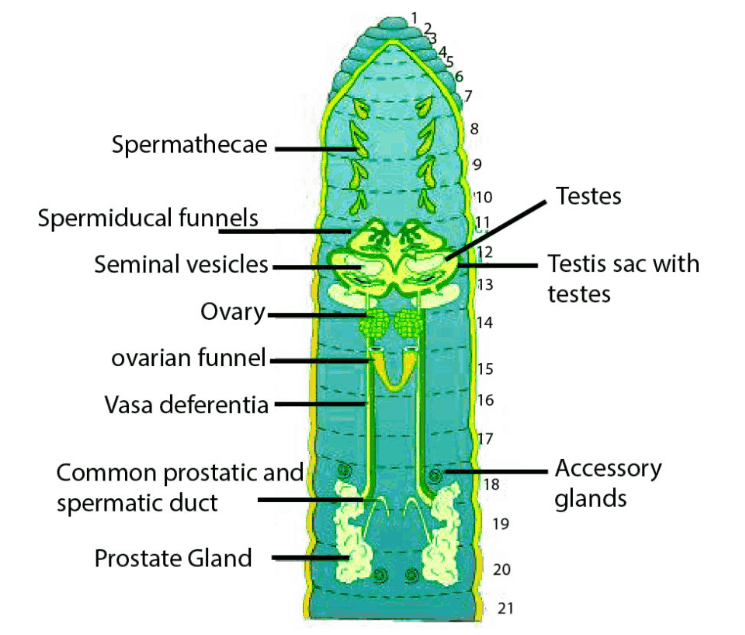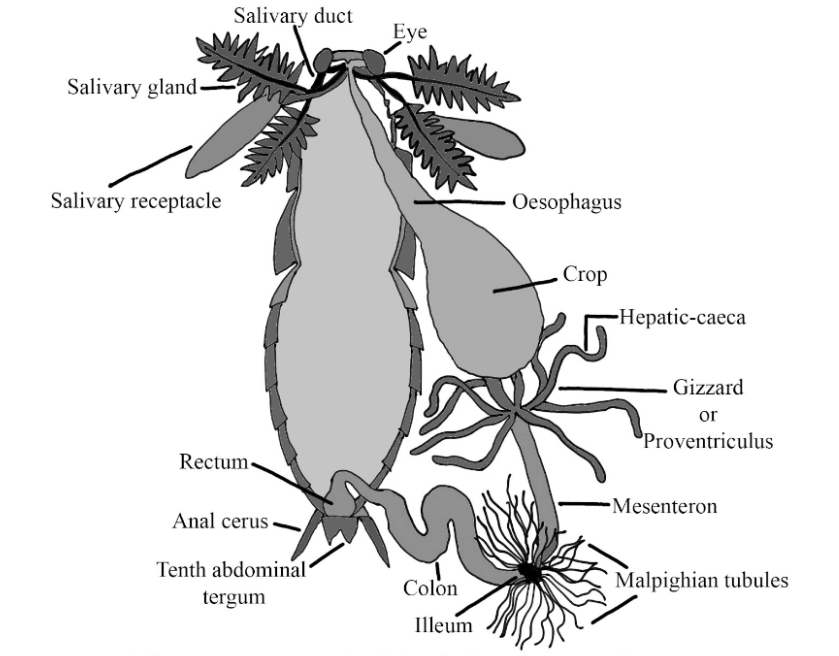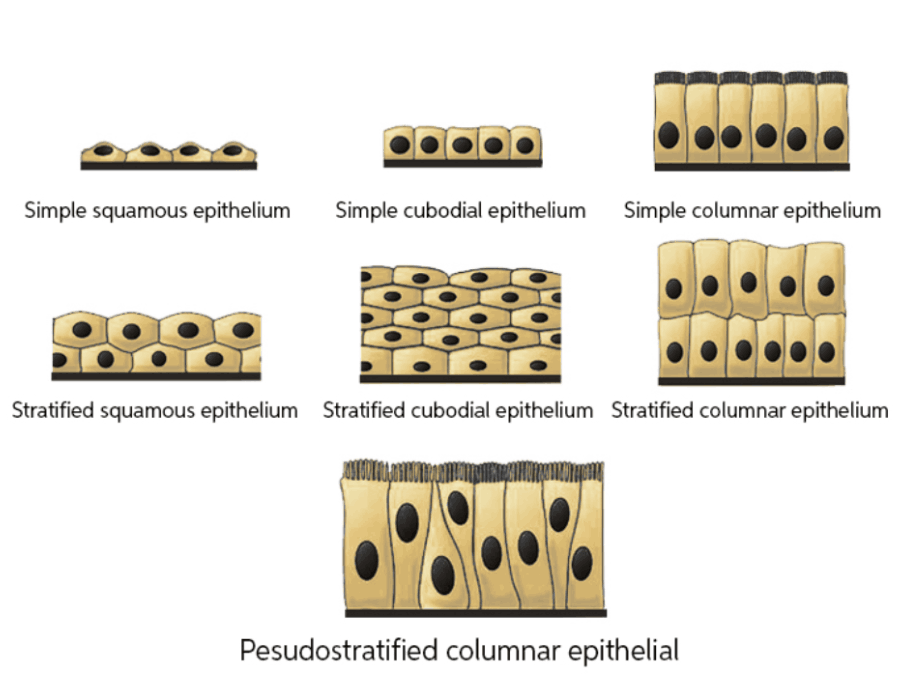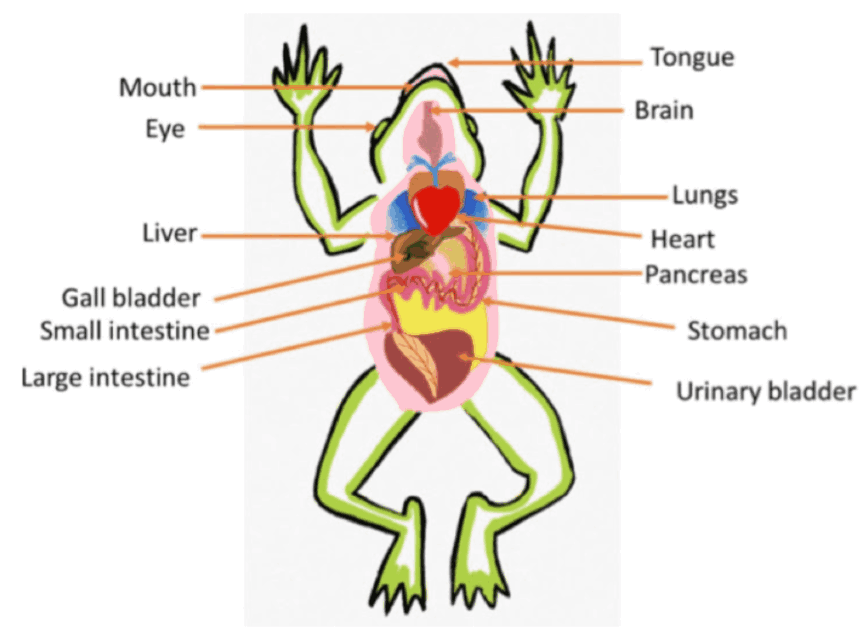Class 11 Biology Chapter 7 Question Answer Practice
FAQs on NCERT Solutions For Class 11 Biology Chapter 7 Structural Organisation in Animals (2025-26)
1. What is the stepwise NCERT method for solving Exercise 7.2 in Class 11 Biology Chapter 7 Structural Organisation in Animals?
To solve Exercise 7.2 in Class 11 Biology Chapter 7, follow a stepwise approach: first, carefully read each question from the NCERT textbook, then identify keywords such as tissue type or animal structure, and finally frame your answers using the standard NCERT-approved terminology. Always write answers pointwise as per the CBSE 2025–26 guidelines to ensure clarity and completeness.
2. Are these NCERT Solutions for Class 11 Biology Chapter 7 officially CBSE approved for the 2025–26 session?
Yes, these solutions strictly follow the latest CBSE 2025–26 NCERT textbook pattern and answer structure, ensuring each response matches the current syllabus and examination requirements approved by CBSE.
3. How can I download the Class 11 Biology Chapter 7 exercise solutions PDF in the NCERT answer format?
You can download the Class 11 Biology Chapter 7 exercise solutions as a PDF in the official NCERT answer format from Vedantu. These PDFs are structured according to the stepwise NCERT-approved method, covering all exercise questions with detailed explanations.
4. What is the correct answer for explaining compound epithelium in NCERT Class 11 Biology Chapter 7 Exercise?
The correct CBSE NCERT answer for 'compound epithelium' should highlight that it consists of multiple cell layers, provides protective function, and lines cavities subject to wear and tear, following the scientific language and structure recommended by the NCERT textbooks for 2025–26.
5. Where can I find stepwise explanations to all intext and back exercise questions from Structural Organisation in Animals Class 11 NCERT?
All stepwise, NCERT-patterned answers for intext and back exercise questions in Chapter 7 Structural Organisation in Animals are available on Vedantu, aligned with the latest CBSE 2025–26 format and solved in a clear, pointwise manner for easy understanding.
6. How do I write textbook answers for the differences between striated, unstriated and cardiac muscles in correct NCERT answer key format?
To write textbook answers for differences between striated, unstriated and cardiac muscles, create a comparative table as per the NCERT structure, mentioning at least three distinguishing features for each type, using scientific terms and CBSE-recommended NCERT language.
7. Can I use these NCERT Solutions for Class 11 Biology Chapter 7 for CBSE Board preparations in 2025–26?
Yes, these solutions are specifically designed as per the updated NCERT and CBSE syllabus 2025–26, making them fully suitable and reliable for CBSE Board exam preparations.
8. Is each question in Class 11 NCERT Solutions Chapter 7 answered stepwise and as per textbook standard?
Every answer is written in a stepwise, pointwise format, following the precise NCERT pattern and CBSE textbook standards for Class 11 Biology Chapter 7, ensuring ease of understanding and correct academic language.
9. Do these NCERT Solutions for Chapter 7 Biology include both short answer and long answer question types?
Yes, the solutions comprehensively address all short answer, long answer, and very short answer questions from Chapter 7, strictly as per the NCERT exercise and CBSE Board-recommended structure for 2025–26.
10. What approach should be used for diagram-based questions in Class 11 Biology Chapter 7 NCERT solutions?
For diagram-based questions, always include a neat, correctly labelled diagram as shown in the NCERT textbook and accompany it with a stepwise explanatory answer, adhering fully to the official CBSE solution format for 2025–26.
11. Why is using the official NCERT answer format important for Class 11 Biology Chapter 7 Board solutions?
Using the official NCERT answer format ensures your responses align with CBSE exam expectations, increases answer accuracy and maximizes scoring potential, as all evaluation strictly follows prescribed NCERT textbook structures for 2025–26.
12. How can I avoid missing key points while writing NCERT-based solutions for exercise questions in Chapter 7?
Read each question carefully and structure your answer in bullet or pointwise format as per NCERT standards. Refer to textbook diagrams and vocabulary and ensure every step in your explanation matches what is expected in the CBSE 2025–26 marking scheme.
13. What is a common mistake students make in answering Class 11 NCERT Biology Chapter 7 exercise questions, and how can it be avoided?
A common mistake is missing proper scientific vocabulary and pointwise presentation. To avoid this, always use terminology and answering style that mirrors the NCERT textbook and follow the stepwise CBSE-approved method for each solution.






























